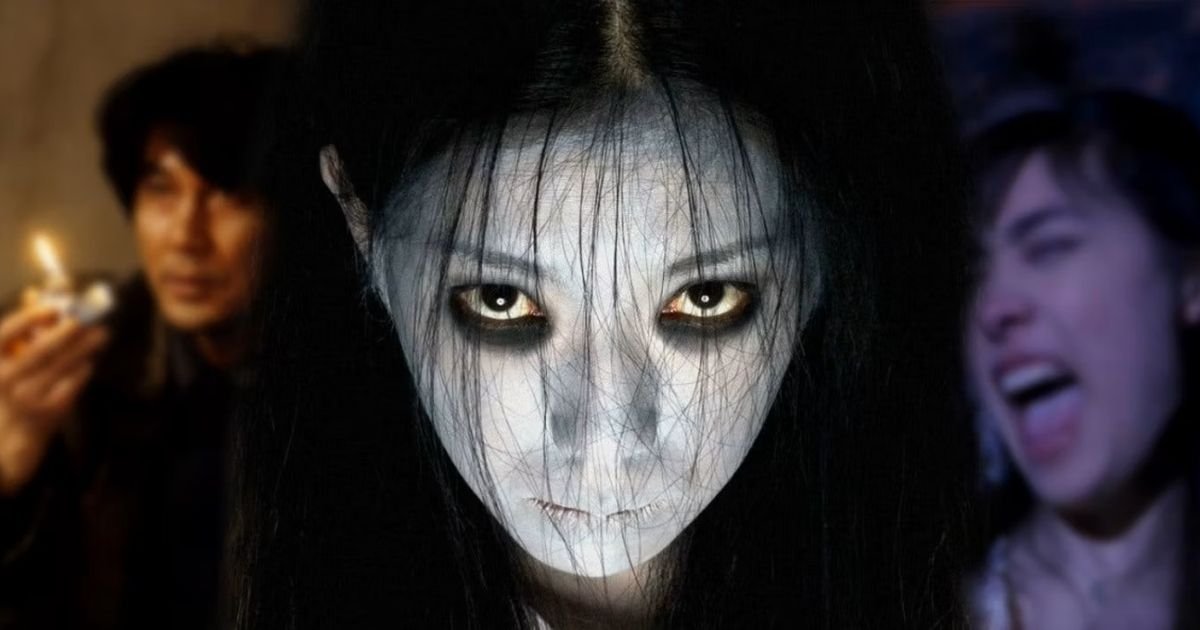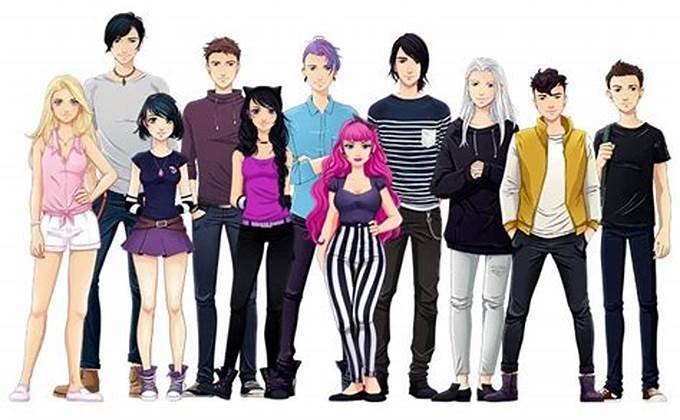Japanese cinema has undergone a remarkable evolution, from the works of legendary directors like Akira Kurosawa to the contemporary filmmakers shaping today’s global film landscape. Known for its distinctive style, depth, and innovation, Japan’s film industry has both influenced and been influenced by global trends, while maintaining a unique cultural identity.

Akira Kurosawa: The Iconic Filmmaker
Akira Kurosawa is often hailed as one of the most influential filmmakers in cinematic history. Starting in the 1940s, Kurosawa brought a new level of sophistication to Japanese cinema, both in storytelling and technical innovation. His 1954 epic Seven Samurai set the standard for the action genre and inspired Western adaptations like The Magnificent Seven. Kurosawa’s films combined emotional depth with grand narratives, often focusing on moral dilemmas, the human condition, and social conflicts.
Kurosawa’s influence reached beyond Japan, as he became a key figure in global cinema. His storytelling techniques, such as the use of dynamic compositions and innovative editing, have been emulated by filmmakers worldwide, including George Lucas and Martin Scorsese. Kurosawa helped bring international recognition to Japanese cinema, which had long been isolated from Western audiences.
The Golden Age of Japanese Cinema
The 1950s and 1960s are often referred to as the “Golden Age” of Japanese cinema. Alongside Kurosawa, directors such as Yasujirō Ozu and Kenji Mizoguchi rose to prominence during this period. Ozu’s Tokyo Story (1953) remains a classic of world cinema, known for its minimalism, emotional restraint, and quiet contemplation of family life. Mizoguchi’s works, like Ugetsu (1953), were deeply rooted in Japanese traditions, often focusing on historical settings and themes of female suffering.
This era saw Japanese films gaining international attention and acclaim, with many of them competing in major international film festivals. The blend of traditional Japanese themes with universal human experiences helped these films resonate with audiences worldwide.
New Wave Movement in Japanese Cinema
In the 1960s and 1970s, Japanese cinema experienced a radical shift with the emergence of the Japanese New Wave. Filmmakers such as Nagisa Oshima, Seijun Suzuki, and Shohei Imamura broke away from conventional filmmaking styles, exploring bold, provocative themes that challenged societal norms. Oshima’s In the Realm of the Senses (1976) and Suzuki’s Branded to Kill (1967) pushed the boundaries of censorship and traditional storytelling, often blending surrealism, violence, and sexuality.
This movement marked a rebellion against both the Japanese studio system and the cultural values of post-war Japan. It also mirrored global trends, with filmmakers experimenting with form and content, aligning Japanese cinema with the broader global shift toward more avant-garde and politically charged films.
The Rise of Japanese Animation (Anime)
In the late 20th century, Japanese cinema expanded into the world of animation, known globally as anime. Directors like Hayao Miyazaki and Satoshi Kon took the medium to new heights, both artistically and commercially. Miyazaki’s Spirited Away (2001) won the Academy Award for Best Animated Feature, solidifying anime’s place on the global stage. His films, characterized by their intricate worlds and strong environmental themes, continue to influence animators and filmmakers worldwide.
Anime became a cultural export, with franchises like Dragon Ball, Naruto, and Attack on Titan attracting global fandoms. Unlike traditional animation, anime frequently tackles complex and mature themes, making it appealing to a broad audience beyond children’s entertainment.
Contemporary Japanese Filmmakers
Today, Japanese cinema remains a vibrant and innovative force, with contemporary directors like Hirokazu Kore-eda, Ryusuke Hamaguchi, and Takashi Miike carrying the torch. Kore-eda’s Shoplifters (2018) won the prestigious Palme d’Or at Cannes, showcasing his talent for crafting intimate, emotionally resonant family dramas. Ryusuke Hamaguchi’s Drive My Car (2021) garnered international acclaim, winning an Academy Award for Best International Feature Film.
Meanwhile, Takashi Miike is known for his eclectic filmography, blending horror, crime, and surrealism in works like Audition (1999) and 13 Assassins (2010). His films are a testament to the diversity of contemporary Japanese cinema, which embraces both arthouse and genre filmmaking.
The Global Influence of Japanese Cinema
Japanese cinema’s global influence is undeniable. Directors from across the world have cited Japanese filmmakers as major inspirations, particularly Kurosawa, Ozu, and Miyazaki. Additionally, Japanese horror films, such as Ringu (1998) and Ju-On (2002), have inspired Hollywood remakes and popularized the “J-horror” genre.
Moreover, Japanese cinema continues to shape trends, especially in the realm of animation. Studio Ghibli’s films are beloved worldwide, while anime series have influenced Western animation and cinema. The unique narrative structures, visual aesthetics, and thematic depth of Japanese cinema keep it at the forefront of global film culture.
Conclusion
From the timeless works of Kurosawa and Ozu to the groundbreaking films of contemporary directors, Japanese cinema has continually evolved while maintaining its cultural core. It has not only shaped global cinematic trends but also introduced audiences to a distinct storytelling approach that blends tradition with innovation. As Japan’s filmmakers continue to push boundaries, the country’s cinematic legacy grows even stronger.










